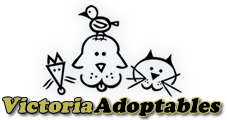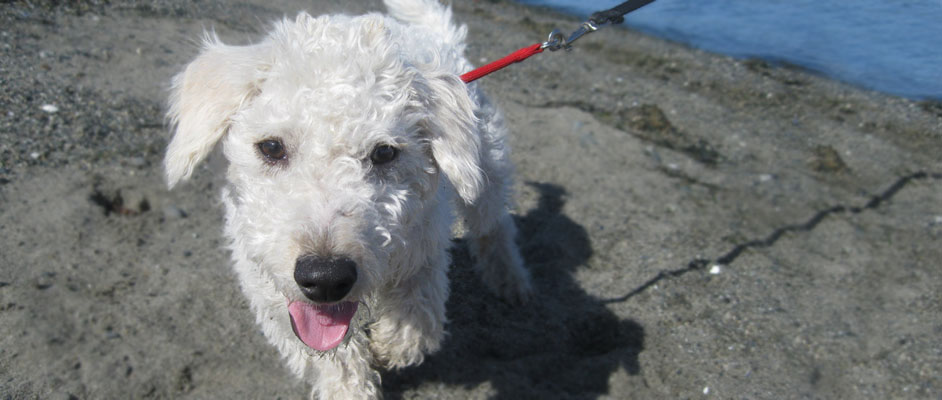
Leadership- The secret ingredient!
How to be a good leader to your dog is perhaps the most asked question by dog owners. Trainers, of course want to answer this question. The most popular and simple answer is to be the alpha, that is some version of authoritarian style leadership. The “do what I say or else” approach.
With softer dogs that comply readily this might seem easy. With harder dogs this can lead to a battle of wills and the leader ends up using physical force and corrections. Physically ‘correcting’ a dog in big measures is abusive, in very small measures it can still stress the dog out. And even small corrections are mostly unnecessary.
Imagine if every time you did something wrong at work someone stuffed a finger into your backside or jerked your sleeve. Most people would find this at least annoying and not very informative about what to do next time. A lot of people working under an authoritarian model over time become de-motivated and a bit stressed.
Minus the finger poking, this is an actual leadership style. People studied under this style do less because they want to make fewer mistakes. The same holds true for dogs. Authoritarian models are not currently recommended in organizations that want to be successful nor do I think they are for people and their furry companions.
So you’ve probably guessed that the answer lies somewhere in the middle. But what might the secret ingredient to a good leader be?
Oddly enough it was an incident in a lunch time line-up at a take-out restaurant that really got me thinking about this question. One young employee was trying to help a newer employee sort out a problem with the cash register/computer. The supervisor came along and said that the computer problem should be stored for later as all the customers didn’t have time to wait. This was certainly true for me. The supervisor was frustrated and pulled the newer employee off to the side and proceeded to tell her all the things she was doing wrong. “You don’t leave people lining up at lunch. You don’t take away another staff from their task. You don’t hold up the kitchen.” Then she sent the employee off to do dishes in the back. To me this leadership attempt was so obviously flawed, and yet we often make these exact leadership mistakes with our dogs.
Most of you reading this will probably see several ways that the incident could be improved. The employee obviously needed more training on the computer. If she knew how to fix the problem I am sure she would have done so. Secondly, her choices on what to prioritize were not trained. One could argue that this doesn’t have to be trained, but at many points in human development, choice making is a trained skill. The supervisor could train the skills required to make good business decisions fairly easily. At its most basic level the employee was set up to do a task, failed, and then was punished with public embarrassment and dish duty.
We innocently do this to our dogs all the time!
It is sadly pretty easy to execute insufficient training, and then get frustrated when the behaviours we want aren’t forthcoming. In the moment it appears to be the dog’s fault, and then we punish as though the dog should know better.
Just because a dog can do a recall in the hallway or the backyard, doesn’t mean they will be able to recall off of big distractions in the dog park. But it looks like they should. A good recall must be trained through a systematically more complex list of challenges. No one would expect a person learning how to play an instrument to jump into a symphony with only 8 weeks of training, and yet it does seem like we expect that from our dogs.
If you watch the good competitors at a national agility trial, they never believe for a second that it’s the dogs fault exclusively. If the dog made a mistake, they assess how they can help the dog to get it right. An earlier cue, or perhaps more training. The good handlers never get mad. They always look for way to improve the training.
Being a good leader means providing appropriate training for the tasks required. It means accepting responsibility for when the training is insufficient. Sometimes it may mean taking a role of authority, sometimes it does mean letting the dog figure it out for themselves. Often it is a fine balance with the heart of the matter revolving around proper preparation and setting our furry little followers up for success because they really understand the task at hand.
In an upcoming blog we will discuss the qualities that make a good leader!



